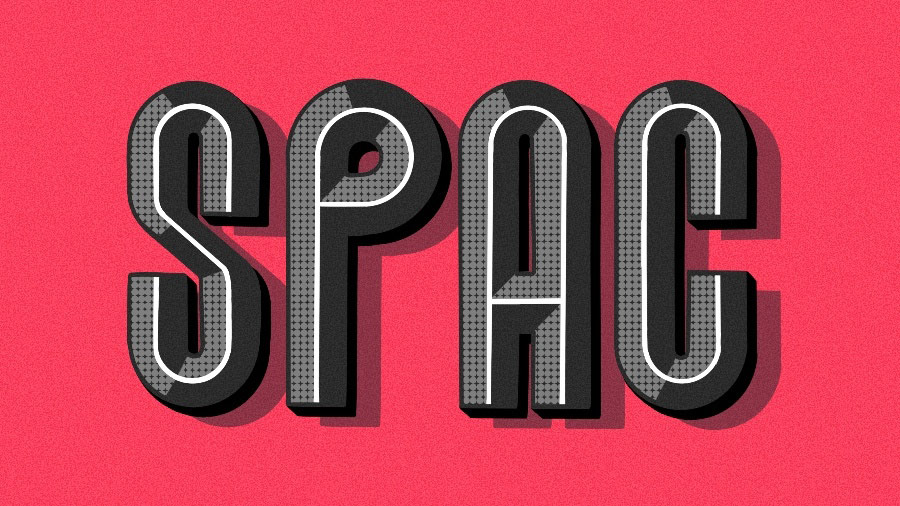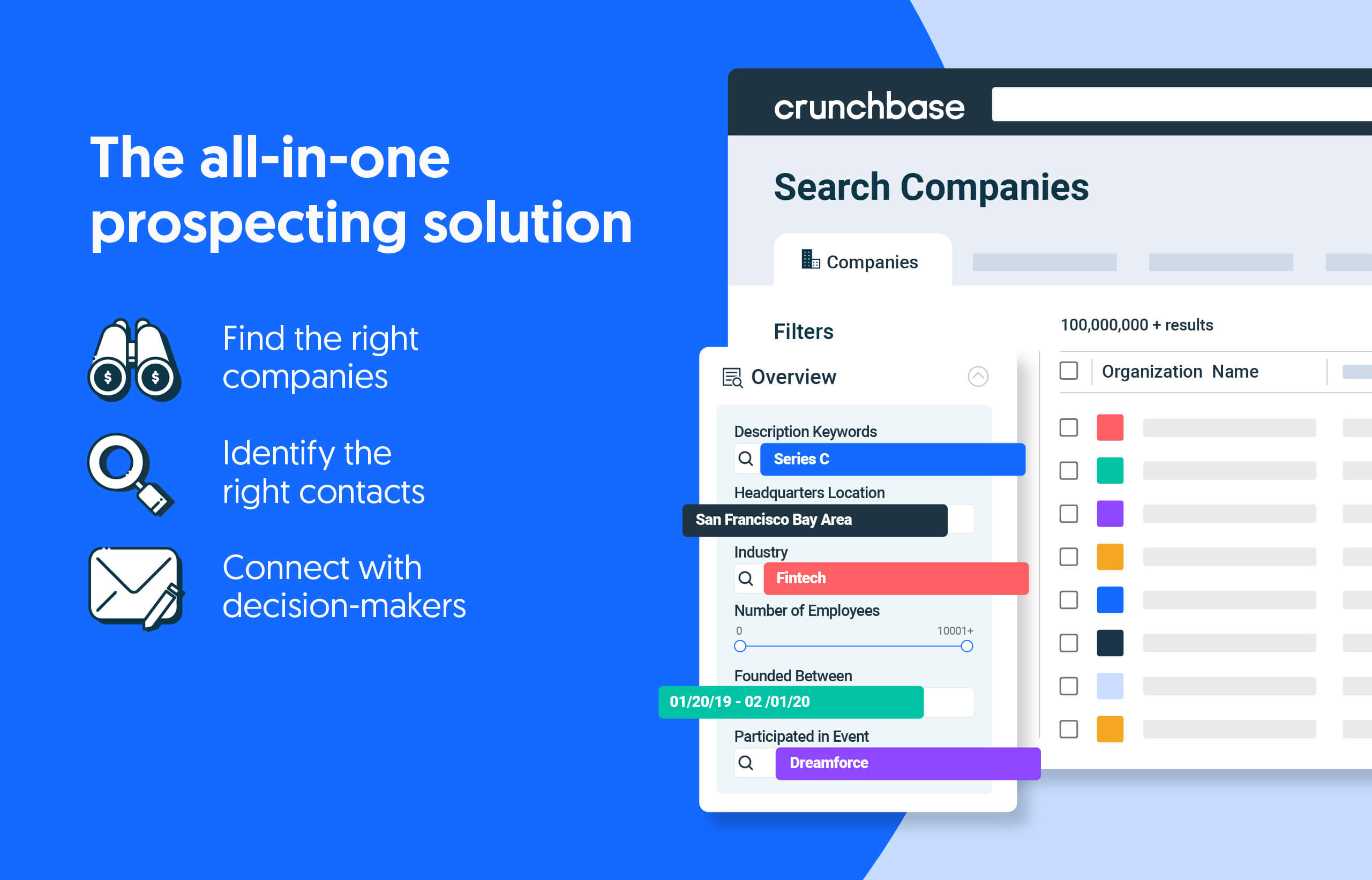When shares of a company that went public via a SPAC merger are down around $1 or $2, things are already not good.
That’s because the overwhelming majority of blank-check acquisition companies debut at $10 per share. When they find a company to buy and take public, anything under that threshold is a negative return.
Of course, as we’ve documented previously, SPAC deals carried out in 2020 and 2021 have broadly been truly terrible performers. Many venture-backed technology and consumer-facing companies have done particularly poorly, a trend that became apparent late last year and has only worsened since.
Search less. Close more.
Grow your revenue with all-in-one prospecting solutions powered by the leader in private-company data.
Now, share prices have gotten so low that several companies have received notice from Nasdaq that they are in danger of delisting. Under the exchange’s listing requirements, companies must maintain a share price over $1.
Dollar stock club
So far this year, several companies that took the SPAC route to market have been recently trading below $1. They have received notifications from Nasdaq that they face risk of delisting. The list includes mobile store operator Enjoy Technology, used car marketplace CarLotz, and biotech company Clarus Therapeutics.
Besides companies that have publicly disclosed delisting notices, there’s a longer list of venture-funded companies that completed SPAC mergers in 2020 and 2021 which are trading below $1 per share this week. We list eight of them below:
Companies can get the notice if their stock trades below $1 for a period of 30 consecutive business days. After that, a company has 180 calendar days to regain compliance, for which the closing price of its stock must be above $1 for at least 10 consecutive business days.
In addition to the stocks that are well below a buck, there are also a number of SPAC merger companies that have been trading between $1 and $2 this past week. Several previously hit lows below $1. While they’re not facing imminent delisting, they’re also not exactly in strong standing. We list a sample set below:
Coping strategies
There’s a pretty straightforward tool for getting a share price higher even if investors aren’t buying. Through a reverse stock split, a company can exchange several cheap shares for a single higher-priced share. This mechanism doesn’t help raise market cap, but it does raise the price of an individual share.
So far, reverse stock splits haven’t been particularly common among SPAC merger companies. However, one high-profile market entrant, consumer loan provider SoFi, is considering such a step.
At its annual meeting scheduled for July, the company is asking shareholders to vote on a proposal that would give the board authority over the next year to potentially carry out a reverse stock split. Such a move could reduce the number of outstanding shares by “not less than 1-for-2 shares and not more than 1-for-10 shares,” per SoFi.
In SoFi’s case, this doesn’t look like a strategy to avoid delisting: The company’s shares recently traded around $6. However, there may be other reasons, including public image, that could lead a team to support a reverse split.
Other factors
For those worried about delisting, meanwhile, sustaining a minimum share price isn’t the only factor of concern. Companies on Nasdaq, for instance, must also comply with a host of other requirements including submitting timely financial disclosure filings, maintaining an audit committee, and having a majority of independent directors on its board.
On these other requirements, too, SPAC underperformers can turn up short. This was the case, for instance, for smart-glass maker View, which was granted a stay of delisting in April to catch up on delinquent filings.
Things are looking up a bit more recently. The company announced last week that it made the required filings, and its shares, which bottomed at below 50 cents in May, recovered to around $1.40 now.
Of course, that’s not a level that makes early investors happy. But for SPAC merger companies these days, it seems even staying listed is somewhat of an accomplishment.
Illustration: Dom Guzman

Stay up to date with recent funding rounds, acquisitions, and more with the Crunchbase Daily.





67.1K Followers